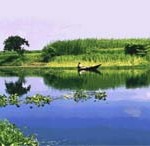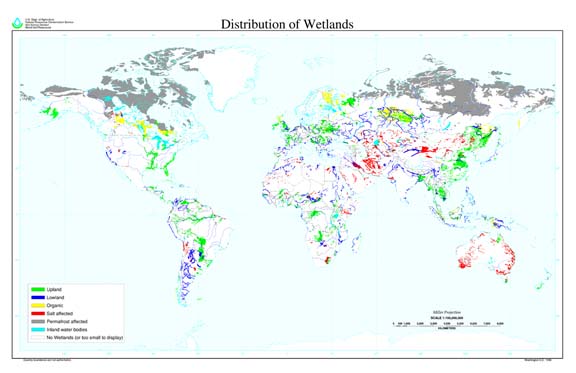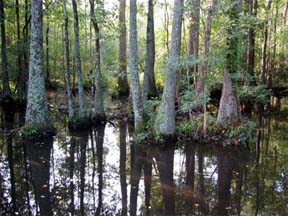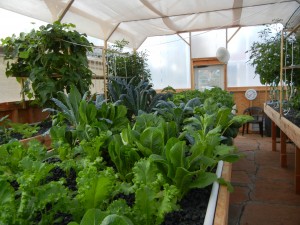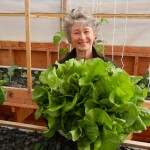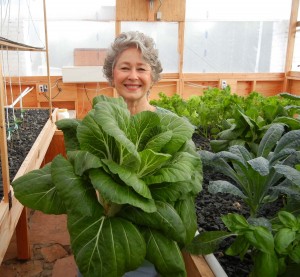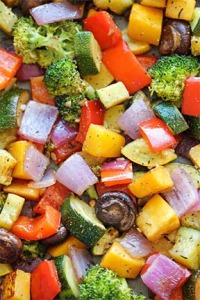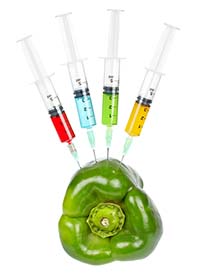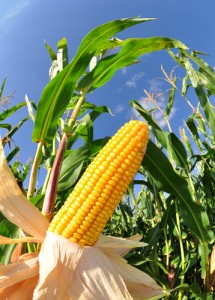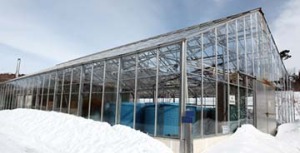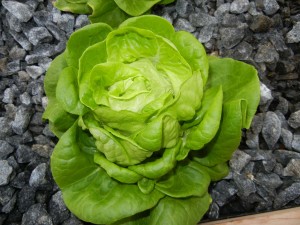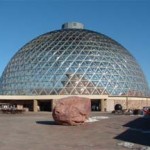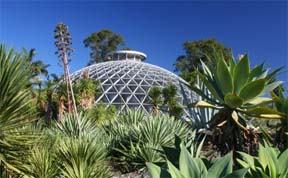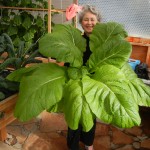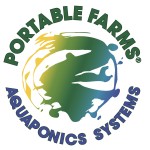Investors Who Become Farmers
– by Colle and Phyllis Davis
 Farming is a relatively recent profession. Yes, some form of farming has been around for around 15,000 years (early farming was called protofarming) and then our ancestors learned to plant, nurture and harvest fresh food and as well as care for animals as the step beyond basic ‘hunting/gathering’ forms of survival methods.
Farming is a relatively recent profession. Yes, some form of farming has been around for around 15,000 years (early farming was called protofarming) and then our ancestors learned to plant, nurture and harvest fresh food and as well as care for animals as the step beyond basic ‘hunting/gathering’ forms of survival methods.
The concept of developed agriculture changed all of our lives and has a ‘long tradition of success’ and catastrophic failures. Farmers, by nature, tend to be conservative, hard working, slightly superstitious and frugal people. They are willing to try new ideas and techniques if it can be demonstrated to them, in monetary returns that their work is successful and can be duplicated over time. There are always a group of forward-thinking farmers who are willing to try the latest methods for raising food and fiber. These front-edge-innovators are the pioneers that bring new technology to the main-stream marketplace and are responsible for the level of production that modern farms have achieved in recent years.
![]() The challenges for today’s agriculture includes the need to grow enough food to feed 9 billion people by 2050 with limited resources (water, farmable regions, and the ability to transport food long distances and still make a profit). New innovations always come at a price. Seed selection, fertilizer, pesticides, watering techniques, harvesting methods and other factors all have a price tag that must be folded into the final price of the farm output. Each new technology must also add complexity to the process of bring the products to market. Farmers adapt to the new requirements as fast as the market will allow them OR as quickly as their government subsidized income make economic sense to them.
The challenges for today’s agriculture includes the need to grow enough food to feed 9 billion people by 2050 with limited resources (water, farmable regions, and the ability to transport food long distances and still make a profit). New innovations always come at a price. Seed selection, fertilizer, pesticides, watering techniques, harvesting methods and other factors all have a price tag that must be folded into the final price of the farm output. Each new technology must also add complexity to the process of bring the products to market. Farmers adapt to the new requirements as fast as the market will allow them OR as quickly as their government subsidized income make economic sense to them.
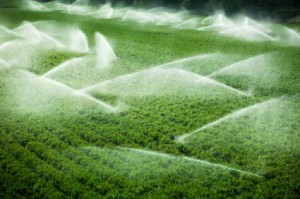 Enter the new investors who see ‘food’ as the next vital need for healthy survival; after all, food is not a fad nor a trend, its value is ever increasing. The most productive farmland in the world is becoming increasingly expensive. There are farms being purchased in the central US today that can never pay back their investment. The land has become the new tulip mania or the latest tech bubble. The buyers are investors and not farmers. Local farmers have been priced out of the market for land in most cases and the ‘farms’ are now being run by farm managers, not land owners. The new ‘farmer/investors’ have joined with the league of lobbyist to press for more and more government guarantees and subsidies to keep their cash flow high enough to warrant continuing to own the land in hopes of selling it in a few years.
Enter the new investors who see ‘food’ as the next vital need for healthy survival; after all, food is not a fad nor a trend, its value is ever increasing. The most productive farmland in the world is becoming increasingly expensive. There are farms being purchased in the central US today that can never pay back their investment. The land has become the new tulip mania or the latest tech bubble. The buyers are investors and not farmers. Local farmers have been priced out of the market for land in most cases and the ‘farms’ are now being run by farm managers, not land owners. The new ‘farmer/investors’ have joined with the league of lobbyist to press for more and more government guarantees and subsidies to keep their cash flow high enough to warrant continuing to own the land in hopes of selling it in a few years.
Someday, the problems will begin to manifest when the inflation rate increases or the subsidies dry up, or the drought continues in areas that were once considered rich farmland, and these investors will be required to continue to fund a huge multimillion dollar operation at a loss . . . but not for long. Somewhere, someday, the numbers will simply not continue to pencil out and they will walk away from ‘their’ farms. That’s how investors work. If they are making money, they love it and they will stay in the game. If not, they pack it up and find a new game that generates faster, easier profits.
 This is not a condemnation of investors who are the lifeblood of the industrialized world and we really do need them. They put capital to work making things happen. What non-investors need to be aware of is that investors play a deadly serious game, and they are in it to win. The bet/risk has to pay out on a high enough percentage of their deals, or they will simply walk away from the losers. Don’t be too hard on them; if you’re smart, you do the exact same thing on a smaller scale all the time. It is smart business to be profitable, and to walk away from losers.
This is not a condemnation of investors who are the lifeblood of the industrialized world and we really do need them. They put capital to work making things happen. What non-investors need to be aware of is that investors play a deadly serious game, and they are in it to win. The bet/risk has to pay out on a high enough percentage of their deals, or they will simply walk away from the losers. Don’t be too hard on them; if you’re smart, you do the exact same thing on a smaller scale all the time. It is smart business to be profitable, and to walk away from losers.
Enter the new investors who are non-farm investors coming into a completely new arena that is not farming and not dependent on farming in any way. Controlled Environment Agriculture (CEA) more closely resembles a food assembly line than traditional dirt farming.. Controlled food production more closely resembles a food assembly line than traditional dirt farming. Lettuce has been raised this way for over half a century and more and more tomatoes are raised in controlled environments as are peppers, greens, cucumbers and a growing variety of other vegetables.
 When plants are housed inside a climatically adapted structure and provided with all of the requirements for maximum growth, it equals the most productive food production facilities ever built. All of the technology is available today and because these installations do not need dirt, they can be placed almost anywhere there is a flat and level area. Vacant lots, roof tops, parking lots and even worn out farmland can be used. Even warehouses are being used, though with slightly reduced returns because of the cost of energy required. The closer to the local market the installations are located the better, because reducing the food miles increases the profits and enhances quality of the vegetables.
When plants are housed inside a climatically adapted structure and provided with all of the requirements for maximum growth, it equals the most productive food production facilities ever built. All of the technology is available today and because these installations do not need dirt, they can be placed almost anywhere there is a flat and level area. Vacant lots, roof tops, parking lots and even worn out farmland can be used. Even warehouses are being used, though with slightly reduced returns because of the cost of energy required. The closer to the local market the installations are located the better, because reducing the food miles increases the profits and enhances quality of the vegetables.
 What is currently lacking to attract investor into this truly amazing money-making space? These new investors do not understand how to operate these fantastic new food production facilities, nor do they want to learn. They are business people who are in the business of investing and making money with that activity. They have the funds or access to the funds that can build thousands of acres of climatically adapted greenhouses, but they need someone to supervise, operate and maintain these installations. There are very few qualified people in the world that can actually operate one of these new businesses based on the new technology.
What is currently lacking to attract investor into this truly amazing money-making space? These new investors do not understand how to operate these fantastic new food production facilities, nor do they want to learn. They are business people who are in the business of investing and making money with that activity. They have the funds or access to the funds that can build thousands of acres of climatically adapted greenhouses, but they need someone to supervise, operate and maintain these installations. There are very few qualified people in the world that can actually operate one of these new businesses based on the new technology.
Enter Portable Farms® Aquaponics Systems, the aquaponics people. The staff at PFAS LLC have documented the steps required for starting a commercial aquaponics business; they can provide consulting services and even provide a business plant template based on their aquaponics technology. More importantly they can help investors find that qualified Captain of Operations or COO to manage and grow their new installations. Their Aquaponics University Portable Farms® Aquaponics Systems Course© also trains the Operators at the rate of one new Operator for each ten PFAS Modules installed.
